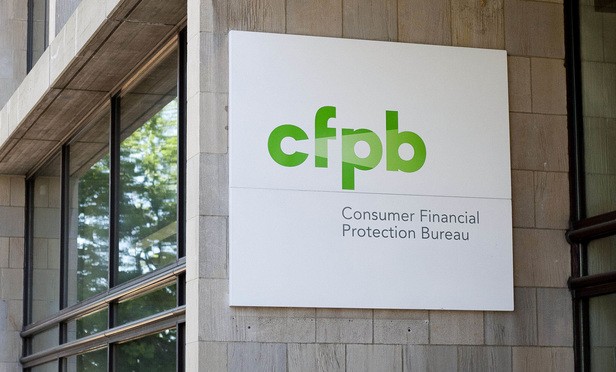Once a quarter, the Consumer Finance Protection Bureau publishes a report of actions it’s taken to enforce compliance matters across the spectrum of consumer finance products.
This report, called Supervisory Highlights, often contains valuable insights into how the Bureau is collecting, interpreting and acting on the data it collects.
And according to Director Richard Cordray, the Bureau also has high expectations that institutions are using this data to learn about the Bureau’s areas of emphasis.
“When we articulate the grounds of an enforcement action — as when we publish the results of our exam work in our Supervisory Highlights — we are speaking to every institution in that market by setting the expectations they must meet in their own compliance work to avoid similar violations, right away and without excuses,” Cordray said in early June.
What does this mean?
Bloomberg Law’s Banking News was quick to point out that such a statement can be both good and bad news for banking institutions.
While Cordray’s comments make clear that institutions can and should use the CFPB’s published actions to learn from and avoid the types of compliance missteps for which other institutions have come under scrutiny, some in the industry worry that the comments are an indication of too much focus on enforcement from the Bureau.
Good news for compliance officers
The good news for compliance professionals, though, is that these comments from Cordray mean that the data published each quarter can serve as a guide to how the Bureau is identifying the problem areas upon which it acts.
Whether or not you agree with the extent of the Bureau’s enforcement actions, the data exists to help your institution identify and analyze the types of fair lending problems for which other institutions have already undergone scrutiny.
Interested in learning more about how your institution can use this data to your advantage?
A comprehensive statistical analysis can help you identify potential discrepancies before the CFPB does. From Bayesian Improved Surname Geocoding to Regression Analysis, implementing a program to monitor your own data will be key to your success.
Need help getting started? Give Preiss&Associates a call or send us an email. We’d be happy to talk.
